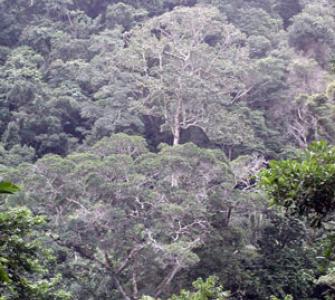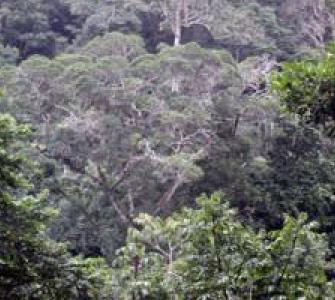There is much debate over whether natural protected areas restrict economic development or enable it. In this study we assessed the local economic benefits provided by Madidi National Park & Natural Area of Integrated Management, one of Bolivia’s largest protected areas, and also one of the most important globally for biodiversity conservation. We applied this analysis approach previously for Amazonian protected areas near Manaus, Brazil.
While many locals perceive the protected area as a constraint for economic development, Madidi is far from being an island separated from economic activity. Often overlooked in this sort of discussion is the practical economic impact that the protected area is having regionally. We examined these impacts in the case of Madidi by quantifying new economic activity directly related to the park, and examined these figures in light of any restrictions in economic activity caused by the presence of the park.
The two most important contributions to the regional economy have come in the form of tourism revenues and direct purchase of goods and services in the Northern La Paz region for activities related to implementing and managing the protected area. Together, these generate more than US$ 2.5 million annually in resources that benefit the local economy in various ways. Also important to note is that more than 97% of these revenues are coming from sources outside Bolivia. Without the park these resources would probably not enter the region and some would not enter Bolivia. In other words, foreign tourists, governments and international agencies would choose to spend their money elsewhere.
These figures represent a significant underestimate of Madidi’s value as a protected area. In its protected state the area also produces fish, game, building materials and other extractive products whose use is compatible with conservation objectives. And, while the international investments are an indication of the park’s global conservation value, they underestimate it substantially due to serious flaws in the global market for these public goods.
We find that Madidi’s economic gains are obtained at a minimal local opportunity cost. Much of the region’s valuable wood was extracted before or shortly after the protected area’s creation. Furthermore, the area’s geographic conditions limit opportunities for profitable agriculture, and Madidi’s management plan, through its zoning proposal, permits a diversity of economic activities.
In summary, Madidi protects an important part of Bolivia’s natural heritage while also stimulating regional economic activity by channeling international appreciation for the area into local businesses.


